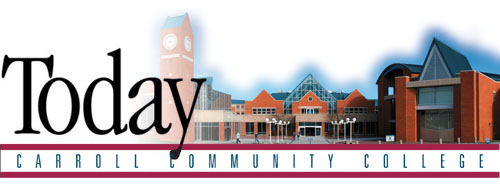
| State Performance Accountability Report Revised | ||
|
Maryland legislation signed into law in 1988 mandated that public colleges and universities submit Performance Accountability Reports to the Maryland Higher Education Commission each year. In 1996, the state adopted a “report card” approach requiring a set of quantitative, benchmarked indicators Benchmarks are renewed every five years, at which time the Commission provides institutions an opportunity to propose changes to the indicators. In March 2004, the community college presidents appointed a Maryland Community College Accountability Work Team to develop proposed revisions to the Performance Accountability Report. Over the next year, the Work Team conducted a literature review of state community college accountability indicator systems. The Work Team shared several drafts of its evolving proposal with four statewide professional affinity groups (Academic Affairs, Student Affairs, Continuing Education, and Institutional Research) in summer 2005. After approval by the presidents’ group in September, the proposal was presented to representatives of the Maryland Higher Education Commission (MHEC), Maryland Department of Budget and Management, and the Maryland Department of Legislative Services. With their endorsement, MHEC staff formally presented the proposed revisions to the Commission which approved the proposal in February 2006. Major changes include:
2. Developmental education needs and outcomes are reported for the first time. 3. A new interim measure of degree progress—attainment of sophomore status in good standing or continuing enrollment—is included. 4. National Student Clearinghouse data are used to track student transfer to out-of-state and private institutions. 5. State employment and wage records are used to determine career program graduate income gains. 6. Continuing education reporting is expanded to include unduplicated headcounts and course enrollments in workforce development, continuing professional education, contract training, community service and lifelong learning, and basic skills and literacy. 7. Enrollments in online courses—credit and noncredit—are reported for the first time. The first report using the new indicators was submitted to the Maryland Higher Education Commission July 1, 2006. The report included preliminary benchmarks for the 33 performance indicators. Final benchmarks must be submitted with the report due July 1, 2007. |
||